Dill and dill weed come from the same plant, but they’re not the same—and using the wrong one can ruin your dish. Here’s the simple truth: dill refers to the entire plant (leaves AND seeds), while dill weed specifically means the leafy part. No confusion, no guesswork—just clear answers to help you cook with confidence.
Table of Contents
- What Is Dill?
- What Is Dill Weed?
- Head-to-Head: Dill vs. Dill Weed
- When to Use Which? Practical Tips
- Buying Guide: Choosing the Best Dill & Dill Weed
- Cooking Like a Pro: Recipes & Tricks
- Frequently Asked Questions
- Final Verdict: Dill or Dill Weed?
What Is Dill?
| Feature | Dill (Leaves + Seeds) | Dill Weed |
|---|---|---|
| Part of Plant | Leaves & seeds | Only the feathery leaves |
| Form | Fresh, dried, whole, ground | Fresh or dried leaves only |
| Flavor Profile | Earthy, citrusy, slightly bitter | Mild, aromatic, delicate |
| Best Used For | Pickling, seasoning meats, adding crunch | Finishing dishes, garnishes, sauces |
| Shelf Life | Seeds last longer; leaves fade quickly | Dried: 1–3 years; Fresh: 5–7 days |
What Is Dill Weed?
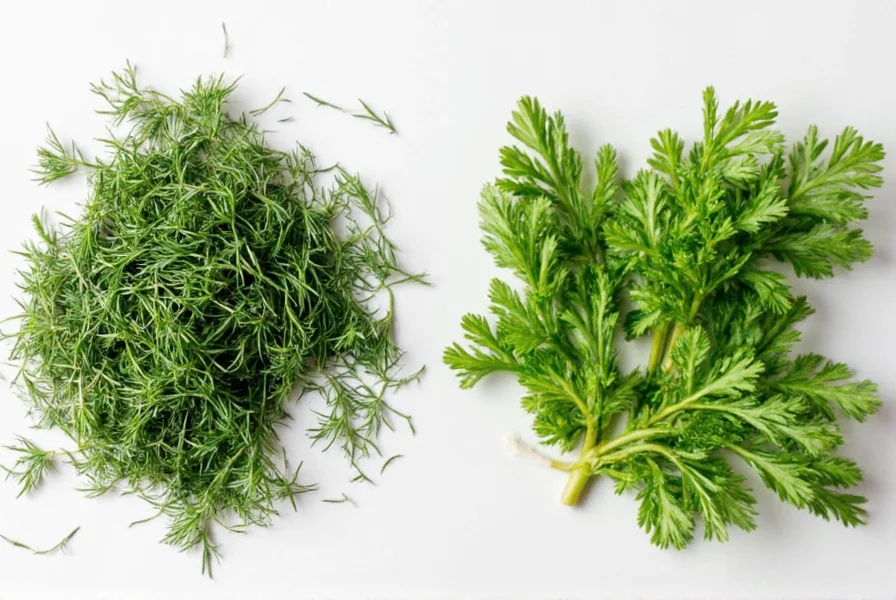
Dill weed is the specific term for the leafy, herbaceous part of the Anethum graveolens plant. The word "weed" here is historical terminology (meaning "wild plant") and does NOT refer to an invasive species. It’s commonly sold fresh or dried and is often confused with "fresh dill," though dried dill weed has a milder flavor than fresh leaves.
Common Uses for Dill Weed:
- Garnishing soups and dips
- Making compound butters
- Flavoring creamy sauces like tartar sauce
- Addition to potato salads and egg dishes
Head-to-Head: Dill vs. Dill Weed
Let’s break down the differences in a clear, no-nonsense comparison table.
When to Use Which? Practical Tips
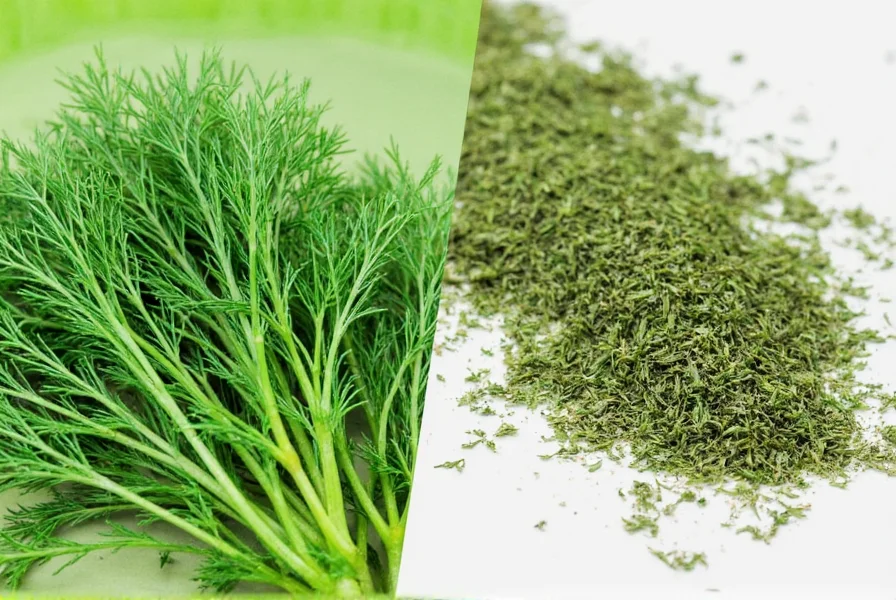
Choosing between dill and dill weed depends on flavor intensity and cooking method. Here’s the rule of thumb:
Use Dill When:
- You’re making pickled vegetables or homemade pickles
- You need a stronger, more pungent flavor (like in meat marinades)
- You want a crunchy texture in your dish
- You’re baking bread or seasoning roasted potatoes
Use Dill Weed When:
- You want to add a subtle herbal note without overpowering other flavors
- You’re garnishing a soup, salad, or seafood platter
- You’re mixing into soft cheeses or sauces like ranch or remoulade
- You’re working with raw fish or light dishes where strong flavors would clash
Buying Guide: Choosing the Best Dill & Dill Weed
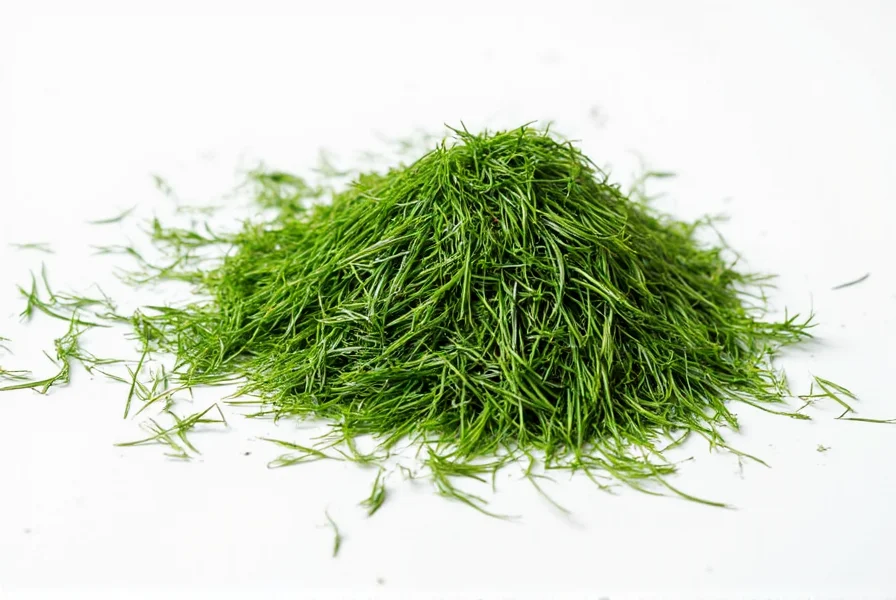
Not all dill products are created equal. Whether you’re buying fresh bundles or jars on the supermarket shelf, knowing what to look for makes a big difference in taste and usability.
How to Buy Fresh Dill/Dill Weed
- Look for vibrant green color – Avoid any that looks yellow or wilted.
- Smell test – Fresh dill should smell clean and slightly sweet, not musty or sour.
- Check for moisture – Slightly damp is fine, but avoid soggy bunches which can spoil quickly.
- Buy small bunches – Dill doesn’t keep well, so buy only what you’ll use in a few days.
How to Buy Dried Dill Weed
- Check expiration date – Freshness matters for flavor retention.
- Avoid discolored leaves – Grayish tones mean age or poor storage.
- Choose whole leaves – They retain flavor better than crushed or powdered versions.
- Store properly – Keep in an airtight container away from heat and sunlight.
Recommended Brands for Dill & Dill Weed
| Product | Features | Target Audience | Best For |
|---|---|---|---|
| McCormick Culinary Dill Weed | Dried, premium quality, consistent flavor | Home cooks & professionals | Cooking and baking applications |
| Spice Islands Organic Dill Weed | Organic, sustainable packaging | Eco-conscious consumers | Healthy meals, natural recipes |
| Royal Dill Seeds | Whole, non-irradiated, perfect for pickling | Preservation enthusiasts | Pickling, spice blends |
| Simply Organic Dill Seed | Organic certified, robust flavor | Organic lifestyle followers | Homemade spice mixes, rubs |
Cooking Like a Pro: Recipes & Tricks
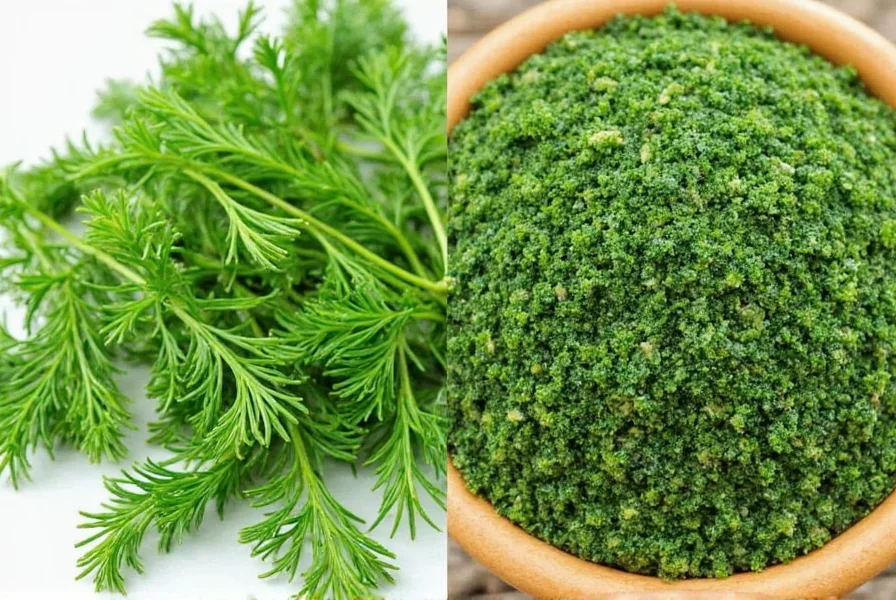
Ready to elevate your kitchen game with dill and dill weed? Try these pro-level ideas:
Top 5 Ways to Use Dill & Dill Weed
- Dill Pickles: Use whole dill seeds and fresh dill weed for classic, garlicky homemade pickles.
- Dill Butter: Mix chopped dill weed with softened butter, lemon zest, and garlic for grilled steak or corn.
- Dill Potato Salad: Add fresh dill weed to mayonnaise-based dressings for a bright, herby twist.
- Dill Rice Pilaf: Toast dill seeds with rice for a nutty, aromatic side dish.
- Dill Fish Bake: Top white fish or salmon with a dill-mustard glaze and bake until flaky.
Frequently Asked Questions
Here are the most common questions about dill and dill weed, answered clearly so you can cook with confidence:
What is the main difference between dill and dill weed?
Dill refers to the entire plant (leaves AND seeds), while dill weed specifically refers to the feathery leaves only. When a recipe says "dill," it could mean either leaves or seeds depending on context, but "dill weed" always means the leafy part.
Can I substitute dill weed for dill seeds (or vice versa)?
Not directly—they have very different flavors. Dill seeds are earthy and strong (best for pickling), while dill weed is mild and delicate (best for finishing dishes). If substituting, use 1 tsp dill seeds for 1 tbsp fresh dill weed, but expect flavor differences.
Which has stronger flavor: dill or dill weed?
Dill seeds have a much stronger, more concentrated flavor than dill weed. Fresh dill weed is delicate and can be overwhelmed in cooked dishes, while dried dill weed loses intensity. Dill seeds hold up better in long-cooking applications and pickling.
Is dried dill weed the same as dried dill?
No. "Dried dill" could refer to either dried leaves OR dried seeds, causing confusion. "Dried dill weed" specifically means dried leaves only. Dried dill seeds look like small, oval brown seeds, while dried dill weed consists of crumbled green leaves.
Why are they called "dill weed" when it’s not a weed?
The term "weed" comes from old English usage meaning "wild plant" (not invasive). It’s simply traditional terminology for the leafy portion of the dill plant. Don’t worry—it’s completely safe and delicious!
How much dried dill weed equals fresh dill?
The general conversion is 1 teaspoon dried dill weed for 1 tablespoon fresh dill. Since drying concentrates flavors, you’ll need less dried than fresh. For best results, add dried dill weed early in cooking to rehydrate it, while fresh dill weed should be added at the end.
Can I grow my own dill weed?
Absolutely! Dill is easy to grow in gardens or containers. Harvest the feathery leaves when the plant is young (before flowering) for the best dill weed. The seeds develop after flowering and can be harvested when brown and dry for your dill seed needs.
Final Verdict: Dill or Dill Weed?
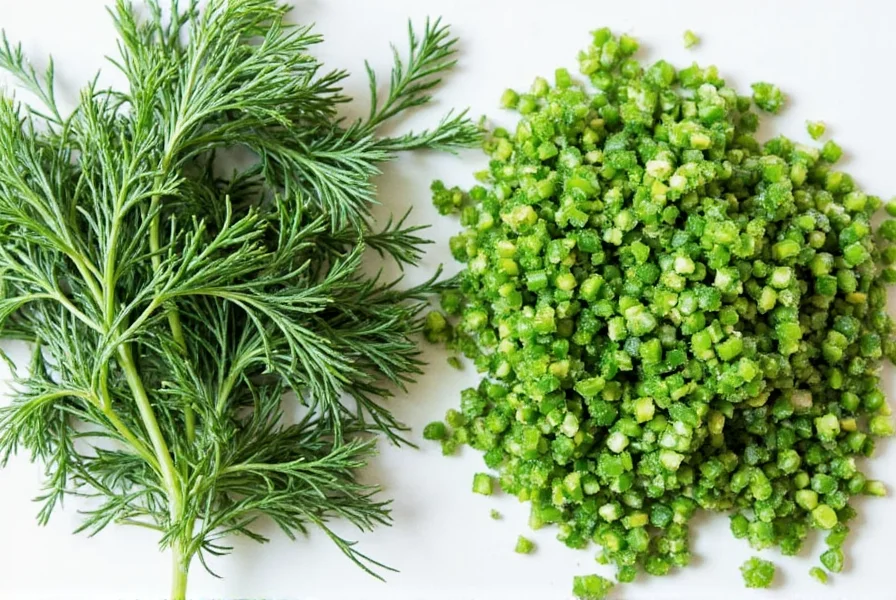
While dill and dill weed come from the same plant, they serve very different roles in the kitchen. Think of dill seeds as the bold older sibling—loud, earthy, and full of character—while dill weed is the quiet, refined younger one who adds subtle charm without stealing the spotlight.
Now that you know the difference, you can confidently choose the right ingredient for your next dish. Whether you’re diving into a jar of tangy dill pickles or garnishing a silky salmon mousse with dill weed, you’re ready to impress with your spice IQ!
Happy cooking!










 浙公网安备
33010002000092号
浙公网安备
33010002000092号 浙B2-20120091-4
浙B2-20120091-4